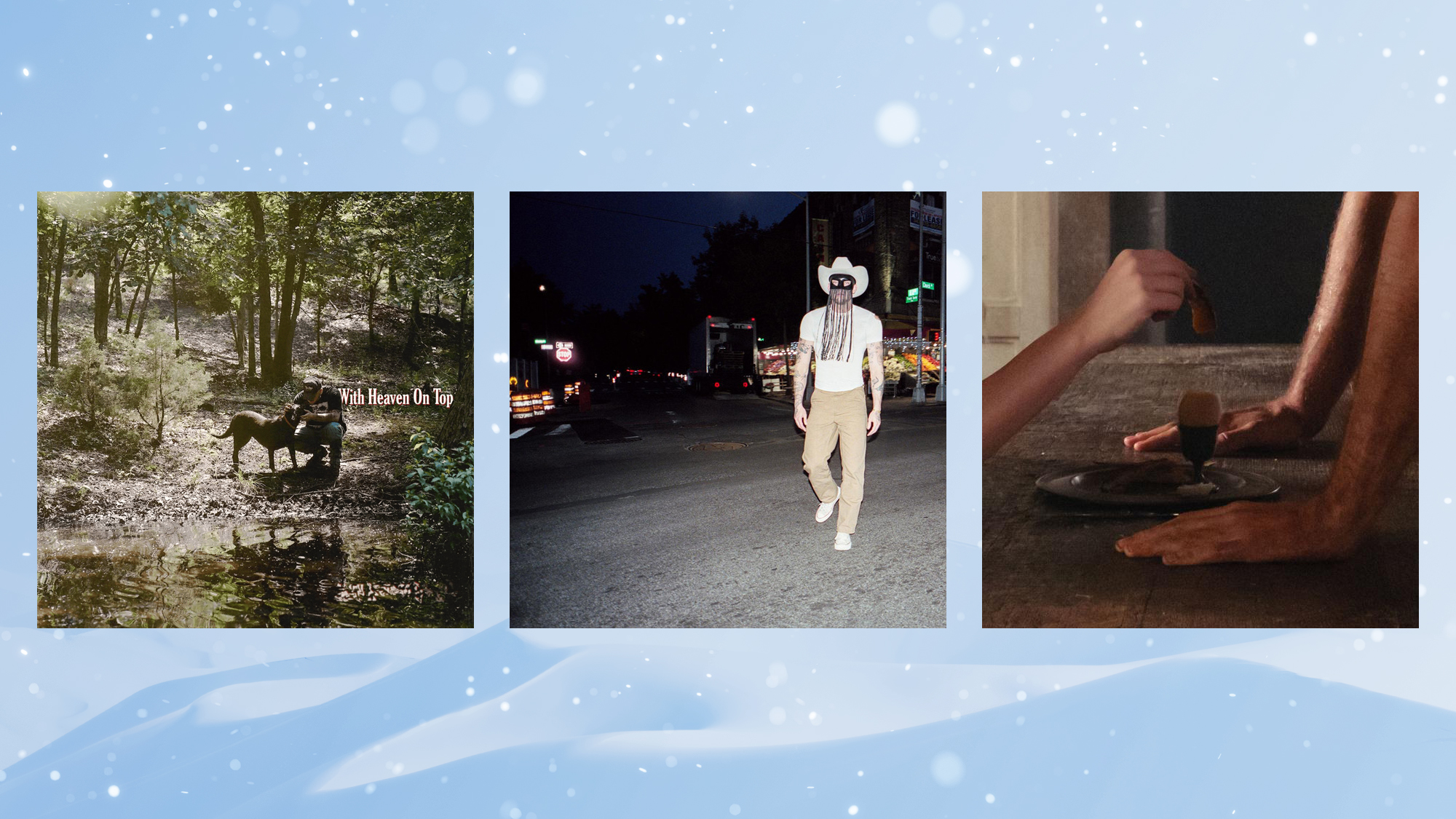Health & Science
People who really can multitask; New lizard on the block
People who really can multitask
Several studies have shown that it’s impossible for most people to concentrate on two or more things at once—homework and Facebook updates, for example, or driving and talking on the phone. But new research has found that about 2.5 percent of the population are “supertaskers,” capable of multitasking without suffering a decline in performance. University of Utah researchers set up 200 volunteers in a driving simulator and gave them each a cell phone. As they drove, they had to hit the brakes occasionally to avoid hitting a virtual car in front of them; meanwhile, they had to respond to a series of word and math tests through their phones. The vast majority of subjects were terrible at multitasking: They were 20 percent slower to hit the brakes and performed worse on the phone-mediated word and math tests. But to the surprise of the researchers, one in 40 people excelled at performing two tasks at once, indicating that they could simultaneously concentrate on driving and a challenging phone conversation. “There is clearly something special about the supertaskers,” study author David Strayer tells LiveScience.com. It may be that human beings have only recently developed the skill, he says, or it may be that some people’s brains naturally have the ability to handle several tasks at once. Researchers now plan to study fighter pilots, chefs, orchestra conductors, and TV producers to see if there is a high percentage of supertaskers in some professions. Meanwhile, they warn against assuming you’re one of the exceptions, since the odds are so heavily against it.
New lizard on the block
The Week
Escape your echo chamber. Get the facts behind the news, plus analysis from multiple perspectives.

Sign up for The Week's Free Newsletters
From our morning news briefing to a weekly Good News Newsletter, get the best of The Week delivered directly to your inbox.
From our morning news briefing to a weekly Good News Newsletter, get the best of The Week delivered directly to your inbox.
Most newly discovered species are small, even microscopic, but scientists have found one seemingly too conspicuous to miss: a 6-foot-long lizard speckled in bright yellow. The animal, the Northern Sierra Madre Forest Monitor Lizard, was found on the Philippine island of Luzon and belongs to the same family as the Komodo dragon, the world’s largest lizard. Though new to scientists, the lizard is well known to local tribes going back generations. “Rumors of its existence and some clues have floated around among biologists for the past 10 years,” University of Kansas herpetologist Rafe Brown tells Discovery News. Despite its size, the animal is quite secretive; it spends most of its time high up in trees, feeding on fruit. In 2009, Brown and his colleagues mounted a successful expedition to catch one, and DNA tests revealed that the monitor is distinct from another species living elsewhere on the island. The animal is “a Philippine national treasure,” Brown says. Its discovery indicates there may be other unknown species of reptiles, amphibians, and perhaps even mammals in the country’s lush, teeming forests.
When older is wiser
Grandma really does know best—at least when it comes to interpersonal relationships. Researchers at the University of Michigan gave subjects of different ages various social scenarios to reflect upon; one involved tensions between two tribal groups in Central Asia, while others involved personal conflicts among families and friends. The volunteers were asked to imagine how the conflicts might unfold and what might be done to ease them, and their responses were evaluated in several categories. The results showed that older participants were more willing to seek compromise, were better at acknowledging the differing values on each side of a dispute, and could better recognize the limits of their own knowledge. The study represents “the single best demonstration of a long-held view that wisdom increases with age,” psychologist Lynn Hasher, who was not involved in the research, tells Discovery News. Study author Richard Nisbett, 68, says that younger people too often discount senior citizens. “Older people,” he says, “may have something to contribute.”
Sick people are good for you
A free daily email with the biggest news stories of the day – and the best features from TheWeek.com
Looking for a way to boost your immunity to colds and infections? Try simply looking at someone who’s already sick. A team of researchers at the University of British Columbia showed volunteers a 10-minute series of photos of people who were under the weather—coughing, sneezing, blowing their noses, or with signs of chicken pox—and drew blood samples before and after. They then exposed the samples to a bacterial infection, and measured the immune response by monitoring the increase in interleukin-6, or IL-6, a substance secreted by white blood cells. The researchers found that subjects who’d viewed the photos of sick people had a 23 percent boost in the production of IL-6. The underlying mechanism isn’t yet clear, but the response “makes enormous evolutionary sense,” psychologist and study author Mark Schaller tells Psychology Today. Your immune system wants to conserve its resources until they’re truly needed; seeing sick people around you “is a pretty good indicator,” Schaller says, that your defenses should “kick it into a higher gear.”
-
 Will Trump’s $12 billion bailout solve the farm crisis?
Will Trump’s $12 billion bailout solve the farm crisis?Today’s Big Question Agriculture sector says it wants trade, not aid
-
 ‘City leaders must recognize its residents as part of its lifeblood’
‘City leaders must recognize its residents as part of its lifeblood’Instant Opinion Opinion, comment and editorials of the day
-
 10 upcoming albums to stream during the winter chill
10 upcoming albums to stream during the winter chillThe Week Recommends As the calendar turns to 2026, check out some new music from your favorite artists